The prototypes
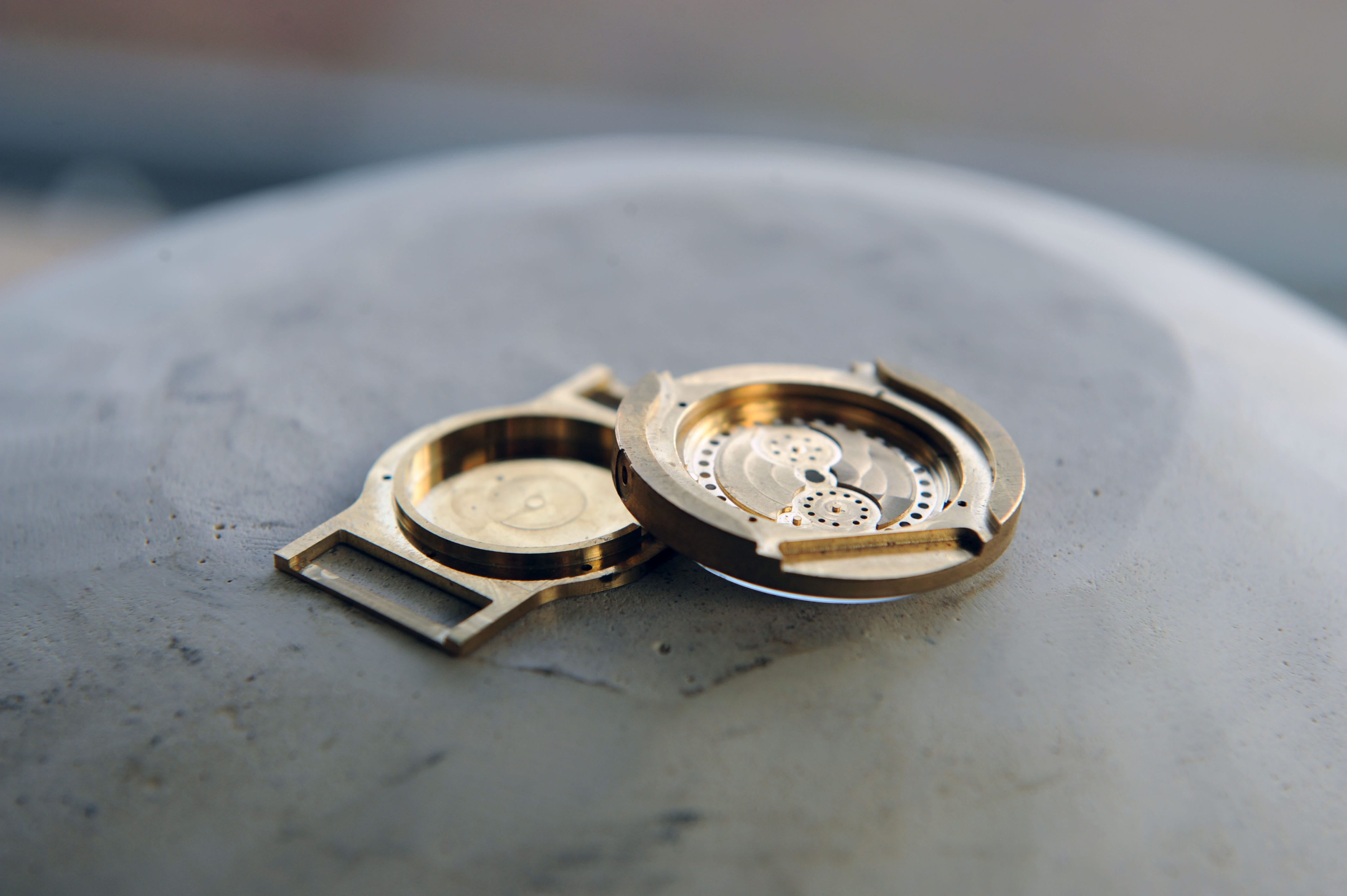
The living museum – the basis of ochs und junior consists of vehicles for ideas, design studies, ideas realised and almost-ready products. The prototypes Ludwig Oechslin makes himself are representative of his horological activities. He has previously designed timepieces for Ulysse Nardin. A number of the raw objets d’art he has created are in Switzerland’s International Horological Museum (MIH), but the finished articles have been ticking away on the wrists of astronomy devotees for years.
The 17 ochs und junior prototypes showcased below are those we are currently feel we are able to show. They say something about how Ludwig Oechslin views the world, what he likes and how he goes about weaving his horological magic. Above all, they represent the outcome of his unremitting quest for simplification – the logical consequence of what he terms ‘iit’: intelligence, innovation and tradition. And all of them featuring beautifully patinated metal…
2005
Just three components for an annual calendar – that’s rigorous reductionism! The case back features integrated strap lugs; one-piece bezel and middle section. The dial is integrated into the middle section and simultaneously acts as the platform for the three calendar components. Maintenance of the movement would have require removal of the crystal and hands, which is why further development work went into the three components and the two-part case.
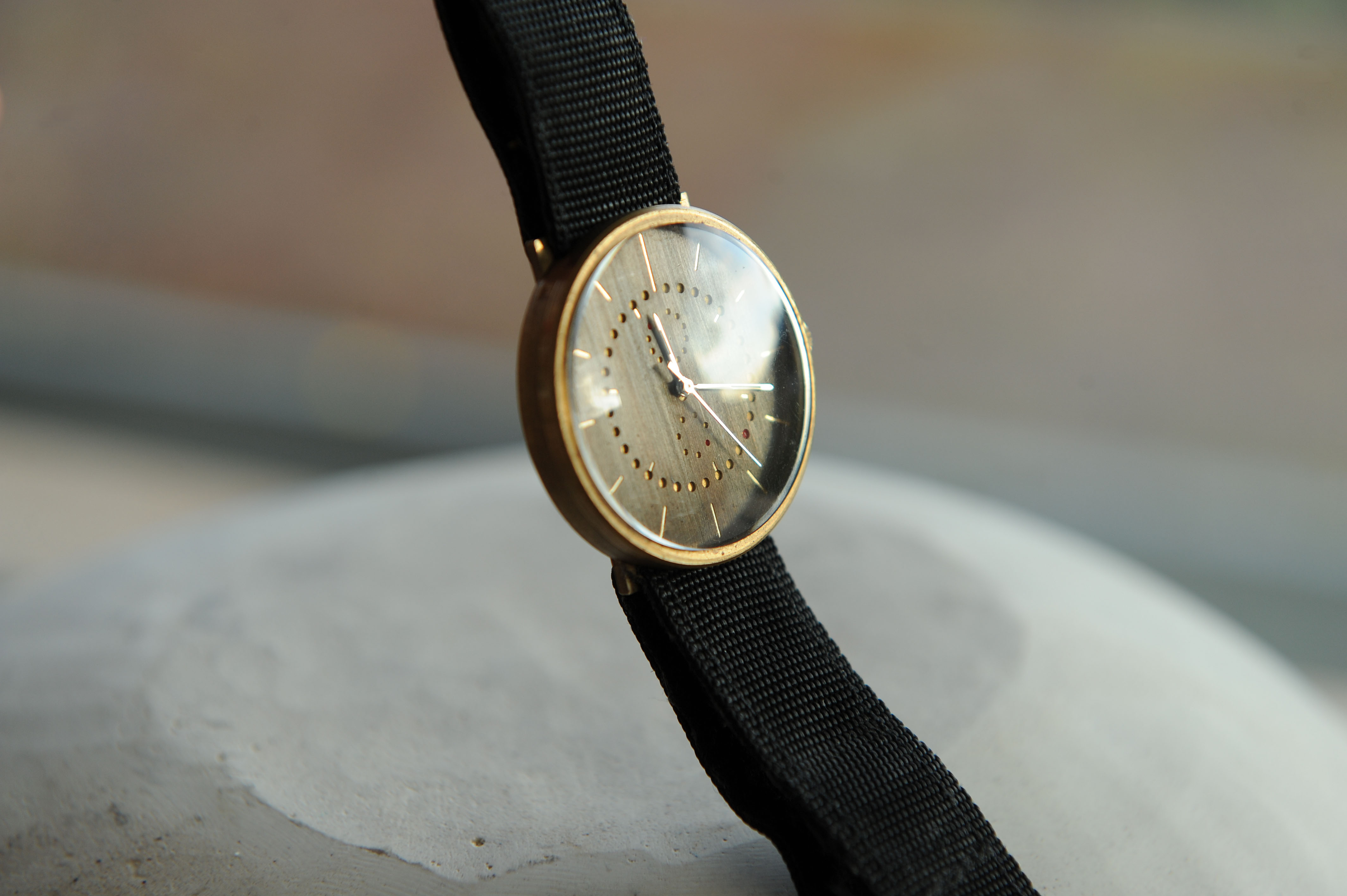
2005
Further refinement of the three components. Patination of the brass dial and initial ideas on how to progress it to create a stunning solution combined with a certain degree of irregularity. One-piece strap lugs and case back. Velcro strap.

2005
Similar developmental work as the prototype above. Adjustments to the calendar. Experiments with colour. Green felt tip on brass.

2006
The calendar receives further attention. Getting close to perfecting the way the wheels engage with each other. Drilling the 50 apertures, optical trialling of the 5th and 10th indices of the date display. Milling the apertures and indices, patination, and experimenting with shapes of hands using ultra-fine emery paper.
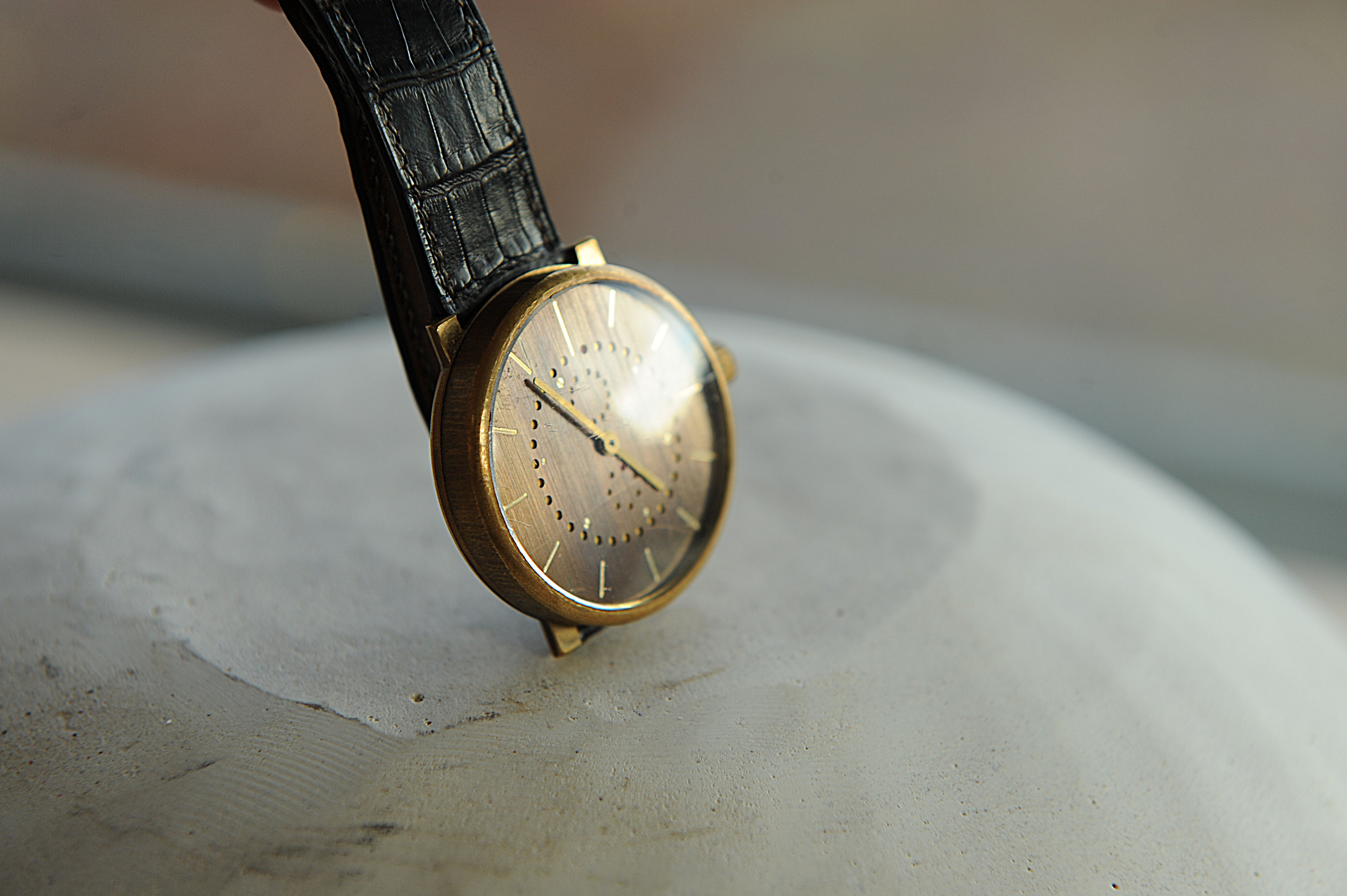
2007
Further development of the calendar mechanism. Strap lugs given a slight curvature (below). Mechanism increases in height. The anno cinquanta case is almost perfected.
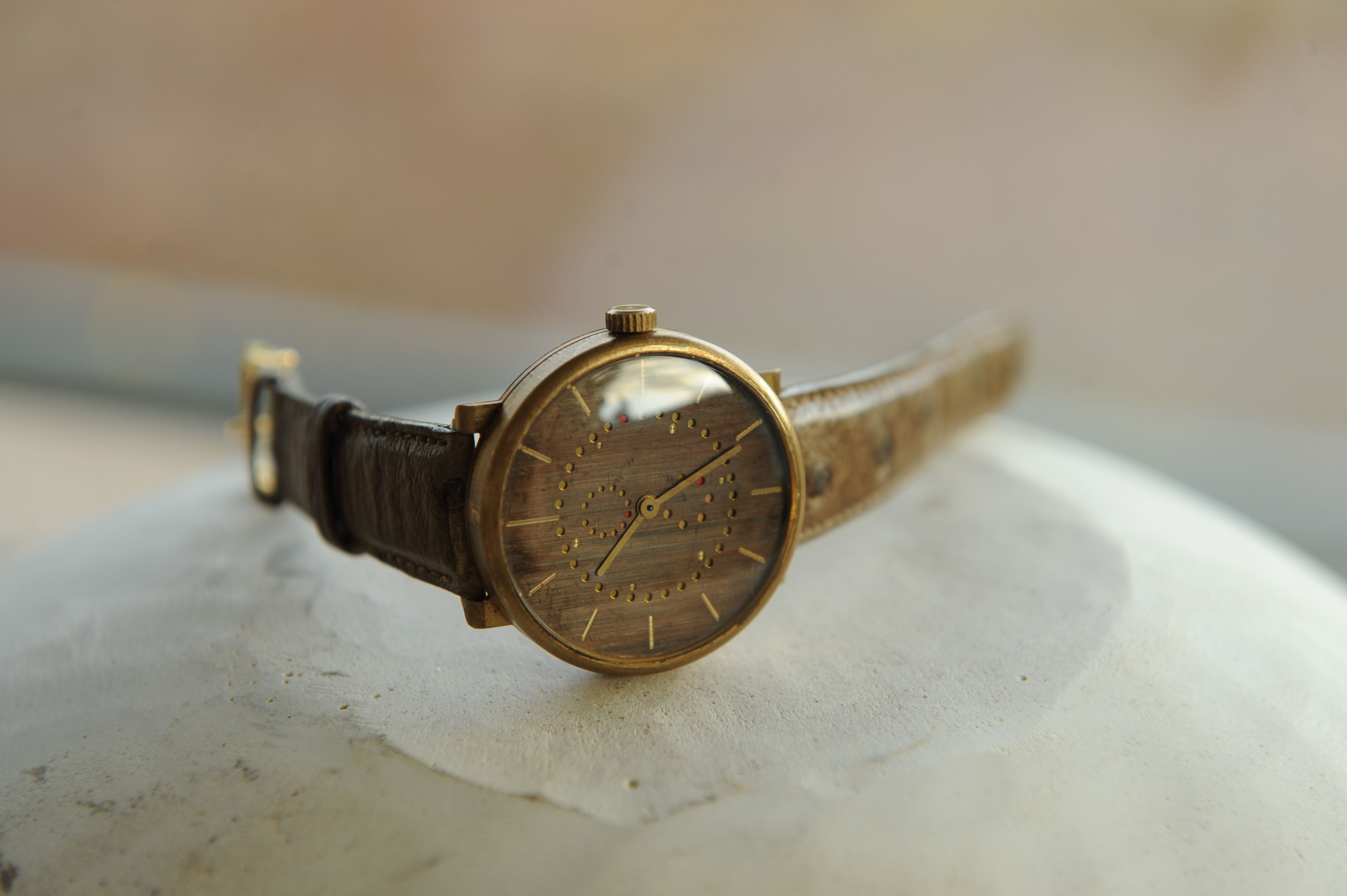
2007
Two identical prototypes made for test purposes.
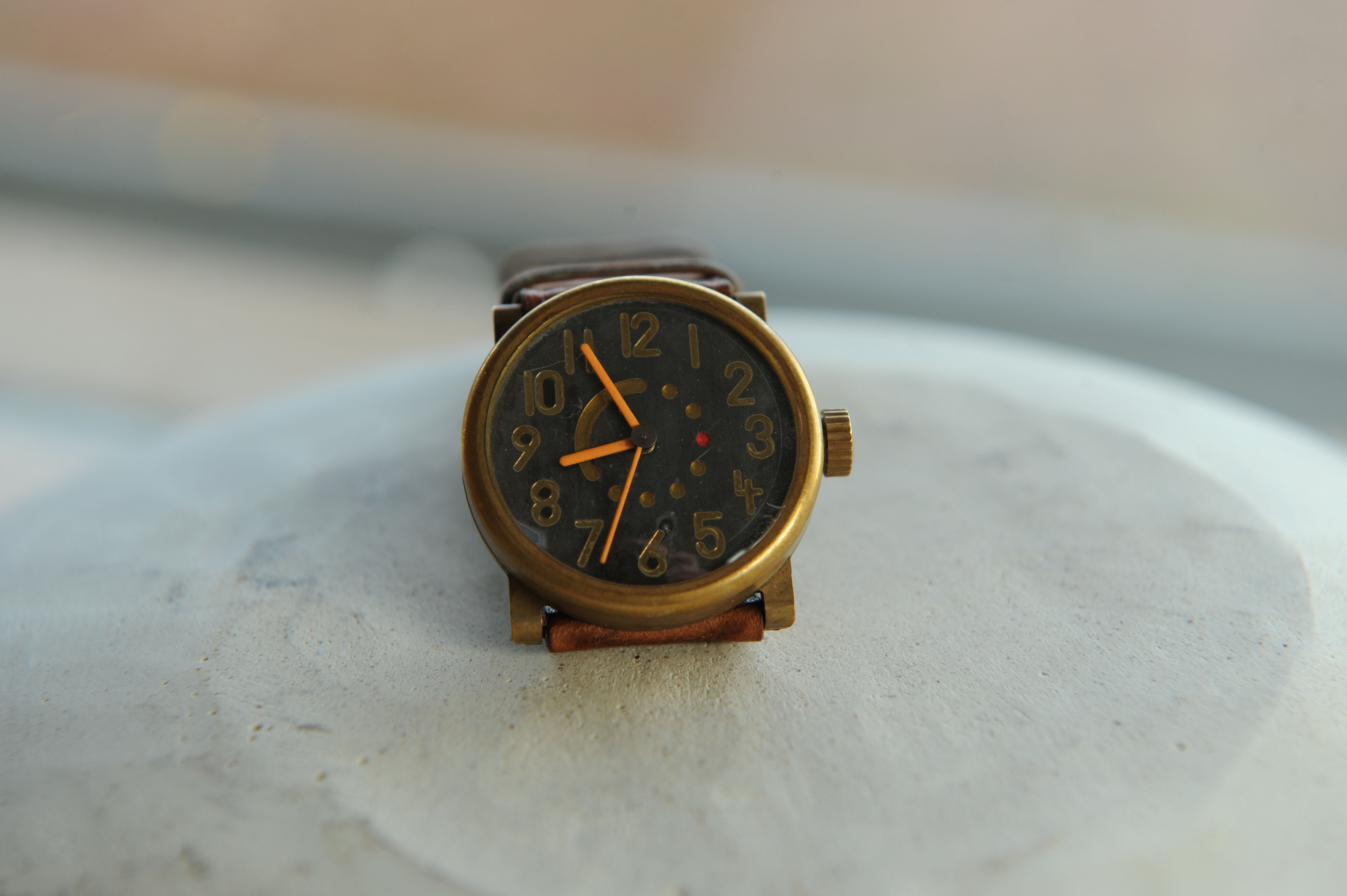
2007
The children’s watch! A child needs a time horizon of one week. ochs und junior calendars are based on the principle of the dot – at that time is was still red. Creation of the weekday display, which also relies on just three components. Milled Arabic digits in a font of Ludwig Oechslin’s making. Ecologically tanned leather straps.
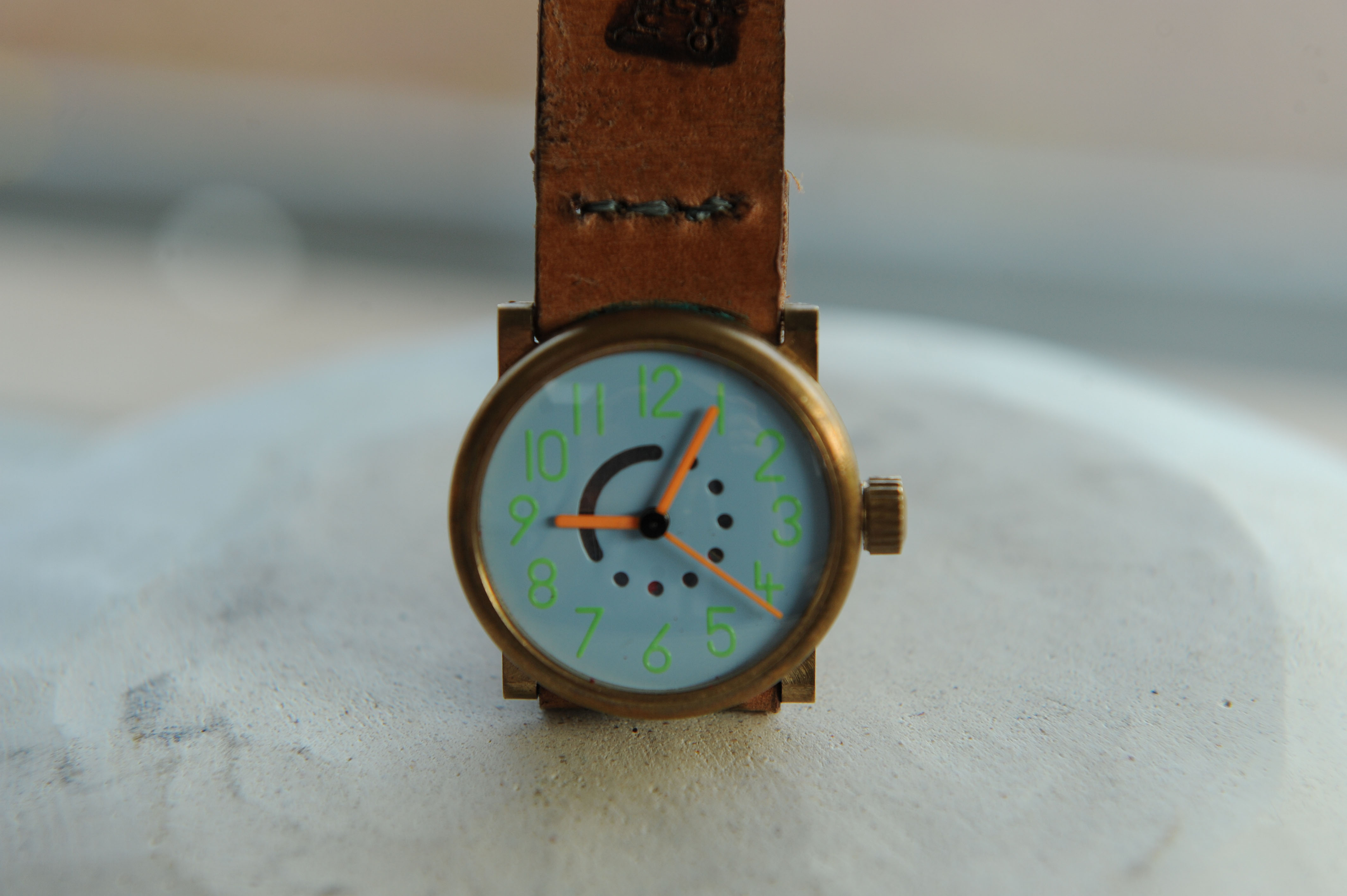
2008
Looking for the right colour for the dial of the settimana junior. Orange came in the top three of all ten children asked! The name ochs und junior is branded onto the strap.
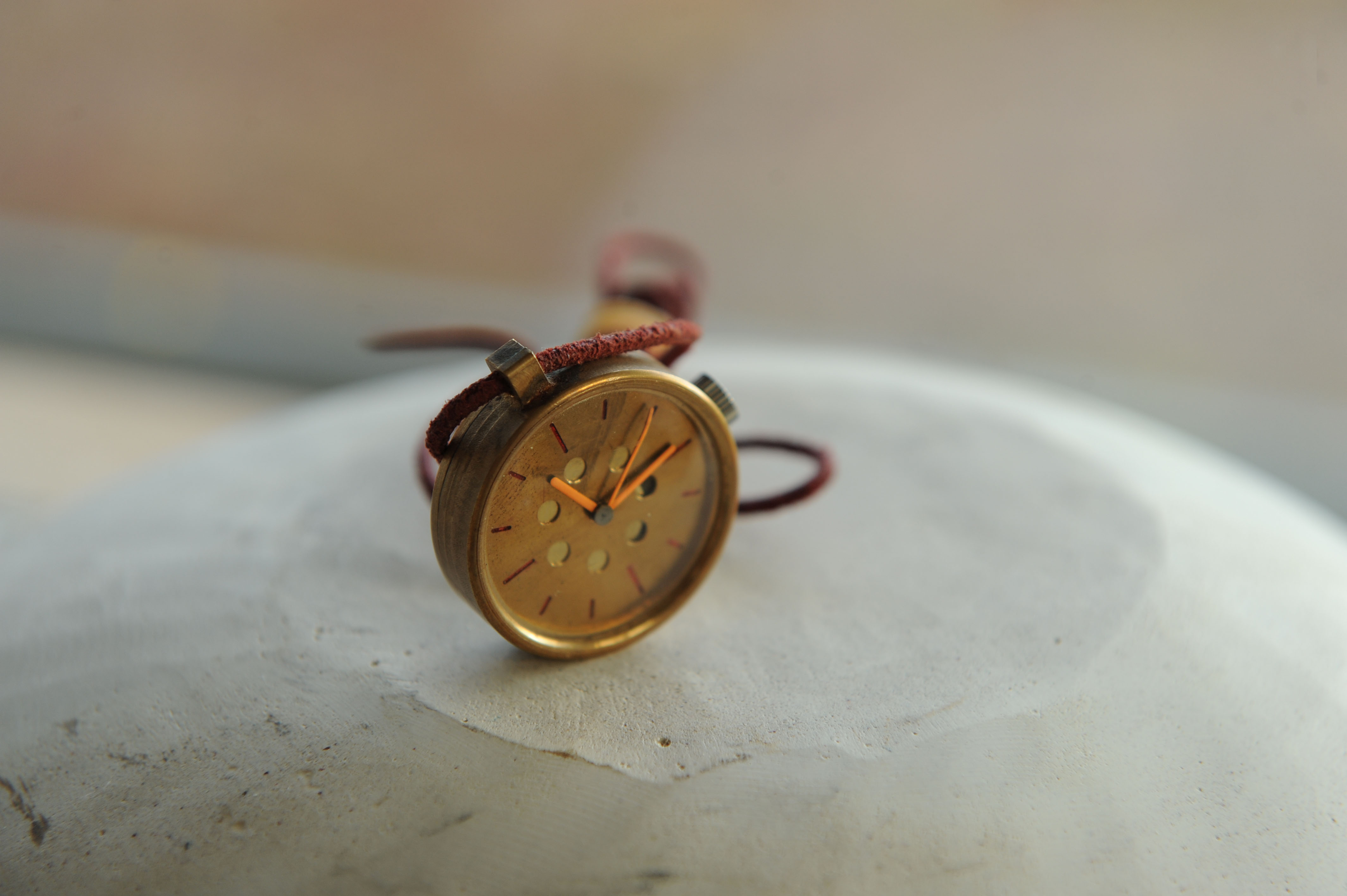
2009
The ochs und junior for the fairer sex. Bea came up with the idea of a fob watch as an item of jewellery. I wanted the watch to have the same movement as the settimana junior for reasons of cost effectiveness. Ludwig, meanwhile, came up with its time horizon concept: the phases of the moon. Every ochs und junior is a coherent entity in itself! Dot-based weekday display and integrated moon phase.
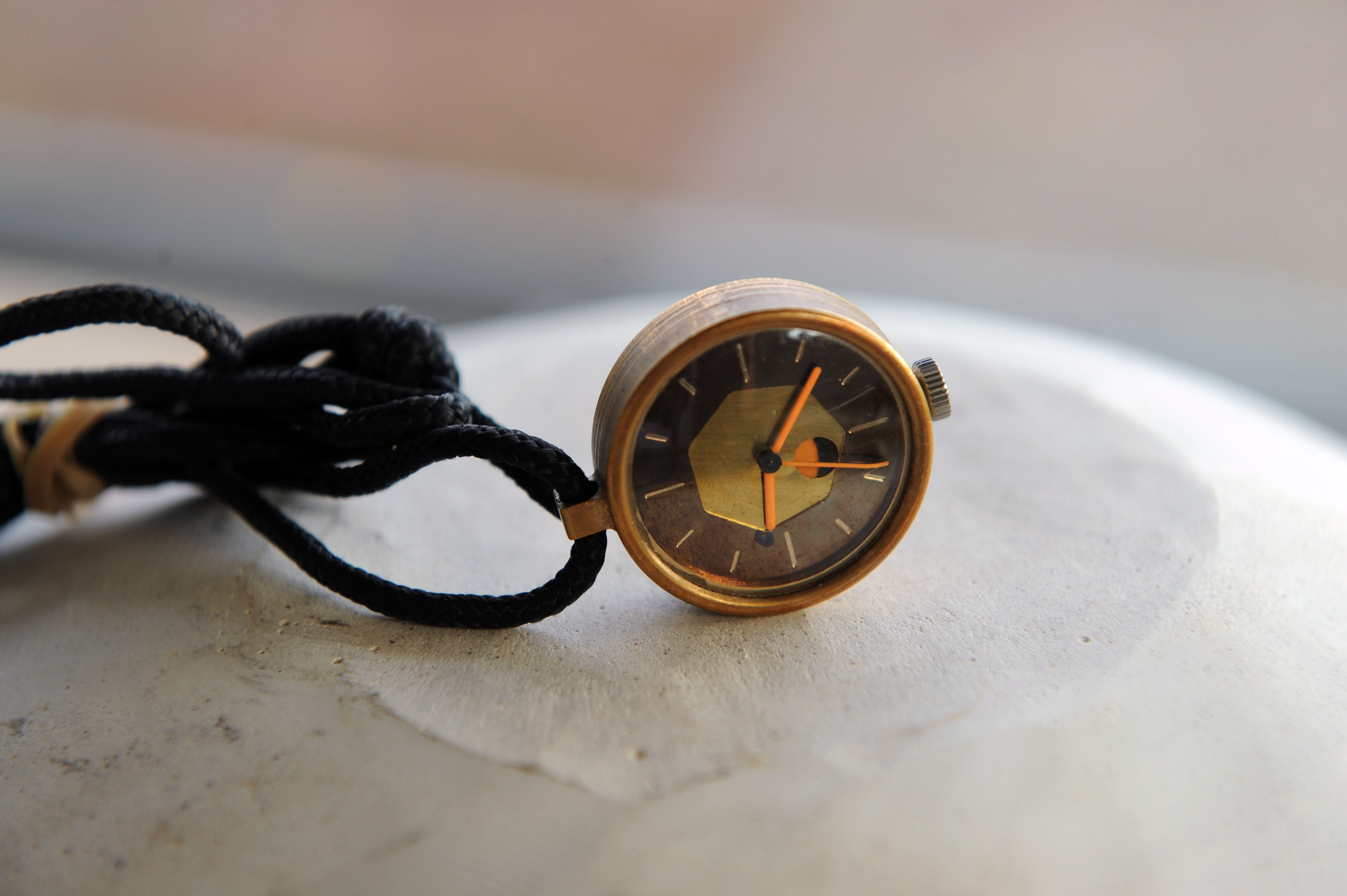
2009
Variant of the first luna donna prototypes. Larger moon makes one complete rotation every seven days around the central axis. Actual moon phase in window. Weekday display owner-interpretable.
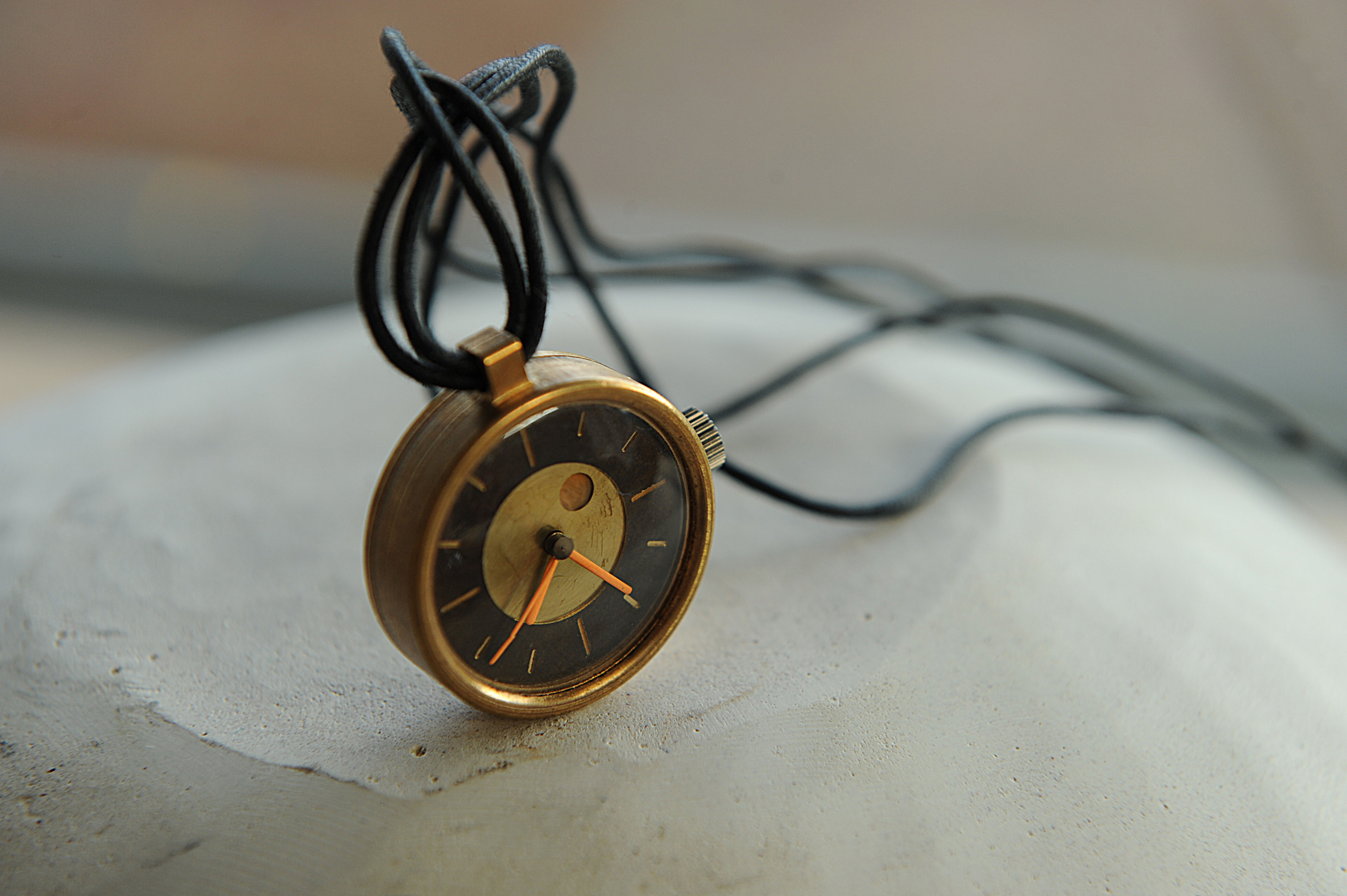
2009
Abandonment of the weekday display idea in favour of concentrating on the moon phase. Perfecting the astronomical accuracy of the phase. Placement of the moon and sun now correctly interpretable. This is one of Ludwig Oechslin’s favourite disciplines: you guessed it – astronomy!
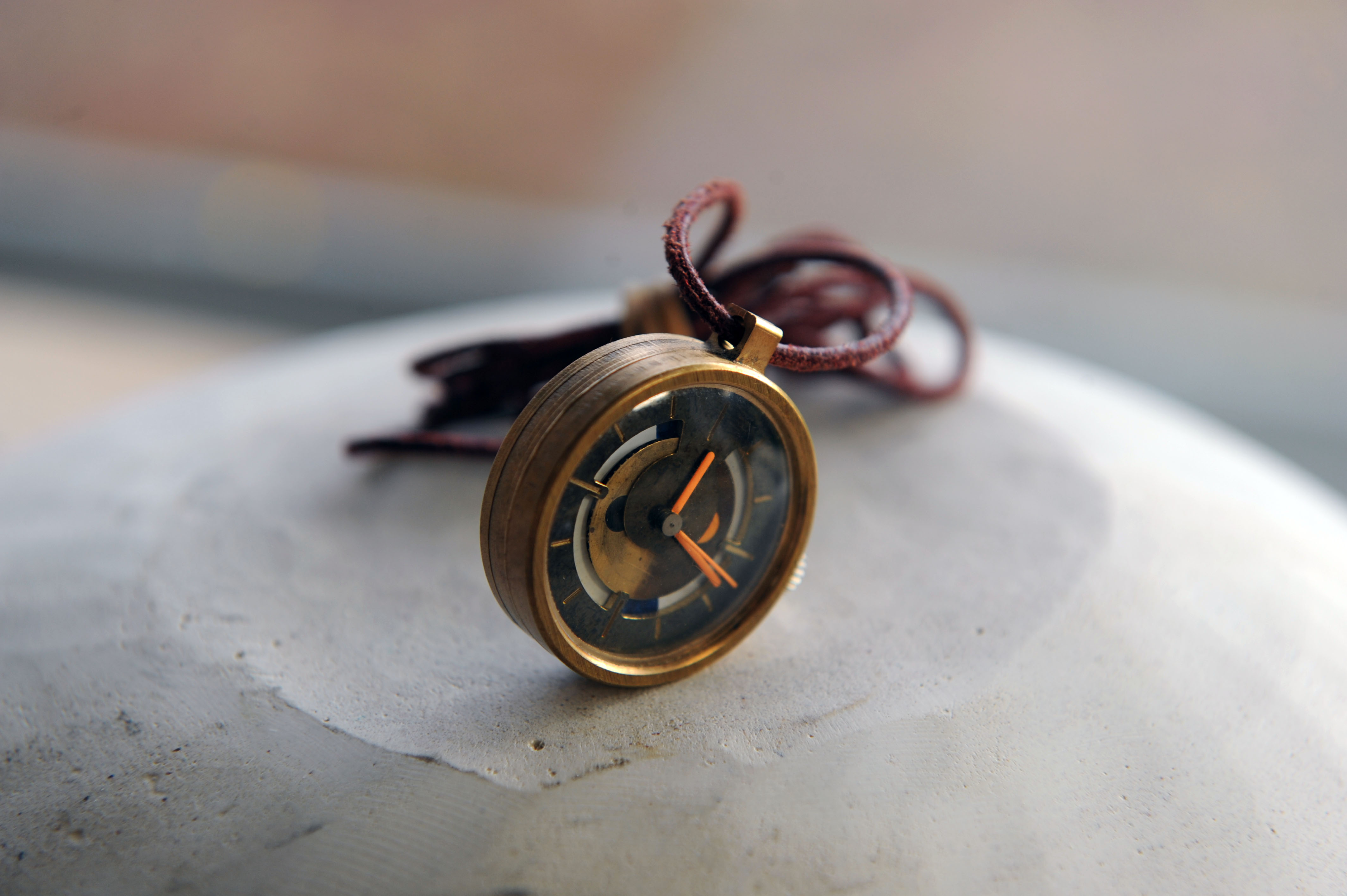
2009
The sun is placed at 12 o’clock. The moon now assumes the correct relationship to the sun. Individually settable display of an additional time horizon near a lunar period.
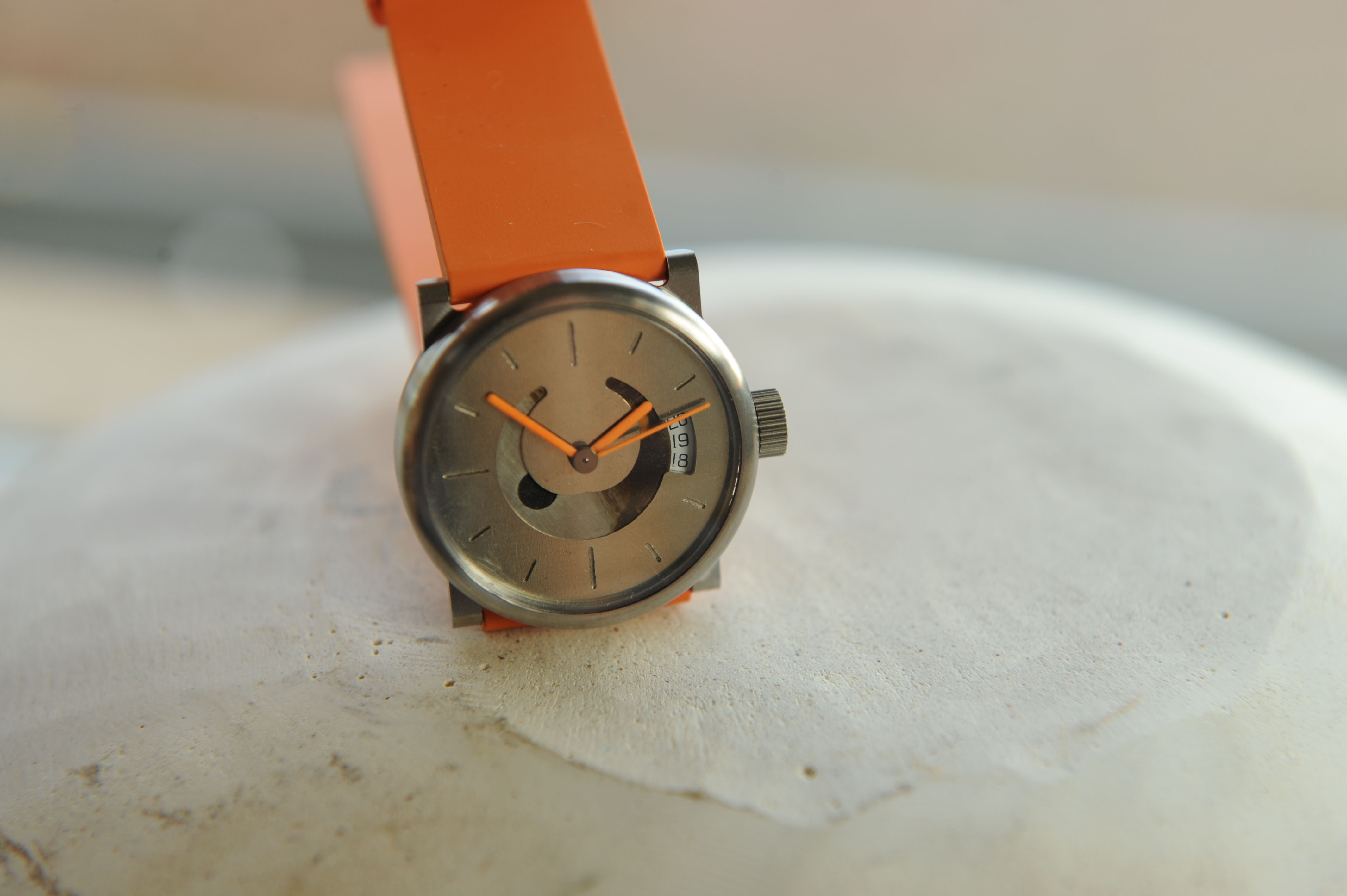
2009
Moon phase with date. This shows how Ludwig Oechslin has conceptualised a further two luna donna variants. Astronomical timepieces with a date display based on the proven ochs und junior dot principle. One of the watches was removed from its case due to the abandoned moon cutout idea; we’ll be showing the definitive version at a later date. The reason is that Ludwig is wearing it right now and checking his multi-paged, handwritten calculations to make sure his is the most accurate moon phase ever to be incorporated in a wristwatch. The watch will most definitely be of astronomical quality. As to the kind of case it will have – we’re working on it! More on this later…
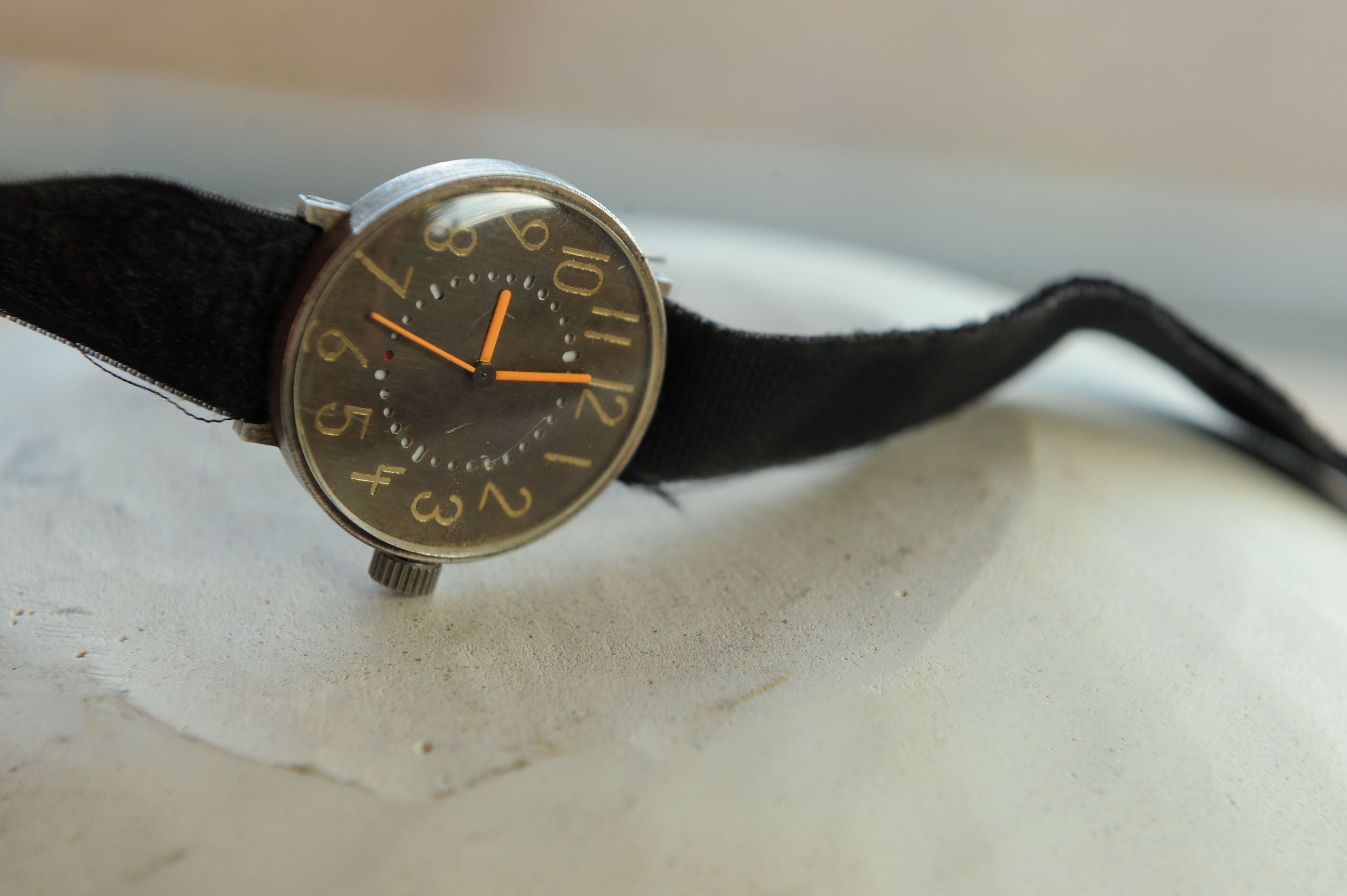
2009
Silver case dating from 2006, when it was used for an anno cinquanta prototype movement. Quest for a simple watch: just time, date. We’ll be building this into a 39 mm case made for the watches coming out of Ludwig’s ‘ideas chest’. Limited editions featuring white gold dials, but with indices if the purchaser wants them! Coming soon…
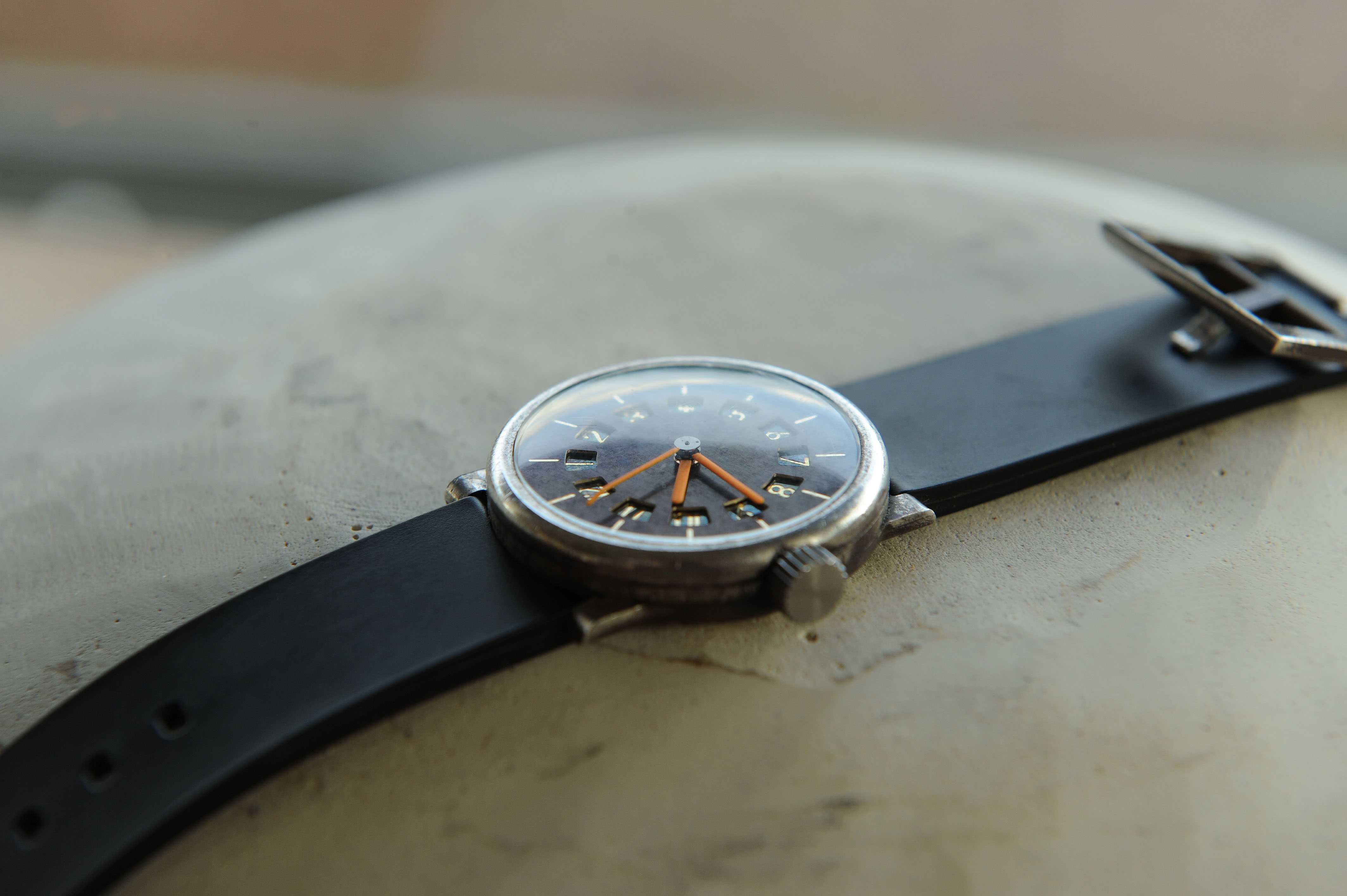
2009
First version of the la due ore. Raw silver, nickel silver dial – an experiment. Two times or time zones that can be seen at a glance. Amazingly simple! Ludwig’s prototype!
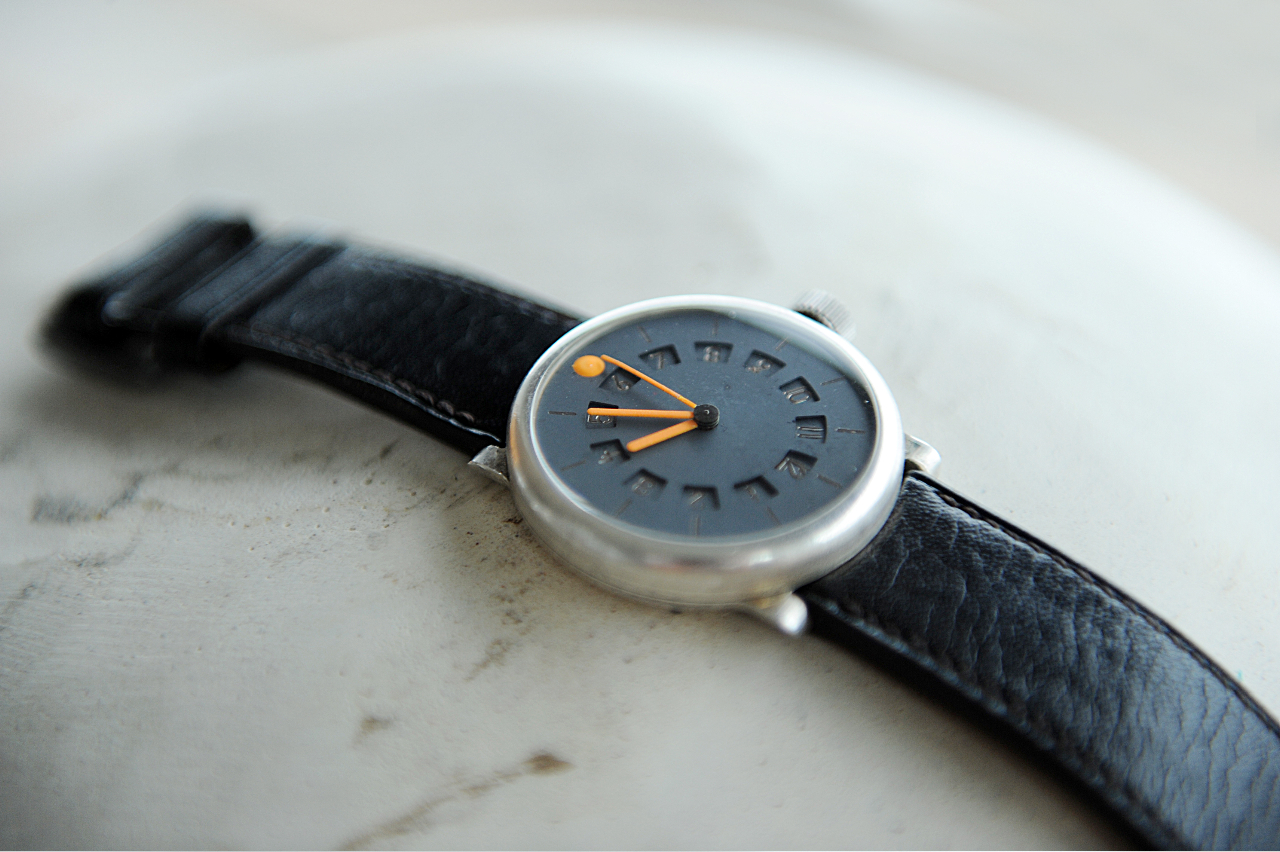
2009
The second la due ore, my prototype… Two heat-patinated white gold discs. A basis for further definition, as our white gold dials develop. Establishing the room for manoeuvre in terms of the process – something that’s very necessary. It means that every watch becomes unique in itself. An orange-coloured dot is used for setting the second time.Peter Cantieni has prepared five titanium cases, and next week they’ll also exist in silver. 39 mm in diameter and 10 mm high. The first watch to be available from the ‘ideas chest’ platform. We’ll soon be posting it on the internet – and telling you on the blog as soon as the personalised limited series is available!
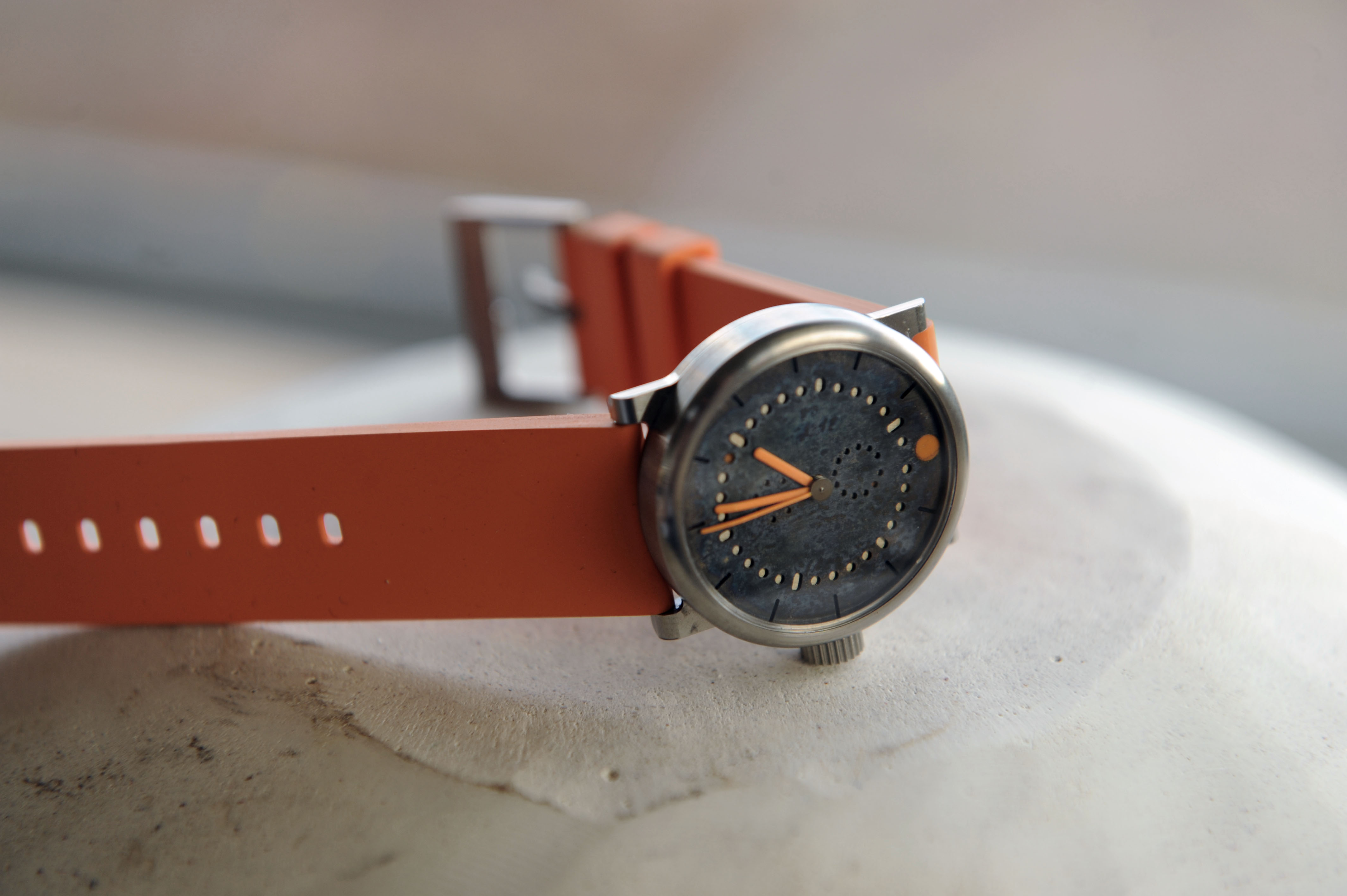
2009
The anno cinquanta annual calendar in a 36mm case. Patinated nickel silver dial. At the moment it’s still with me, but Ludwig has for it back, as he wants to wear it again…Ludwig’s ideas have found a new outlet. In terms of his prototypes, he’ll have three case diameters available for most of them: 36, 39 and 42 mm. He’ll be filling them with new ideas and continuing to develop his mechanisms and inventions. The prototypes could well lead to a watch for his ‘ideas chest’. Limited edition ideas for people with a finely tuned sense of what’s right…